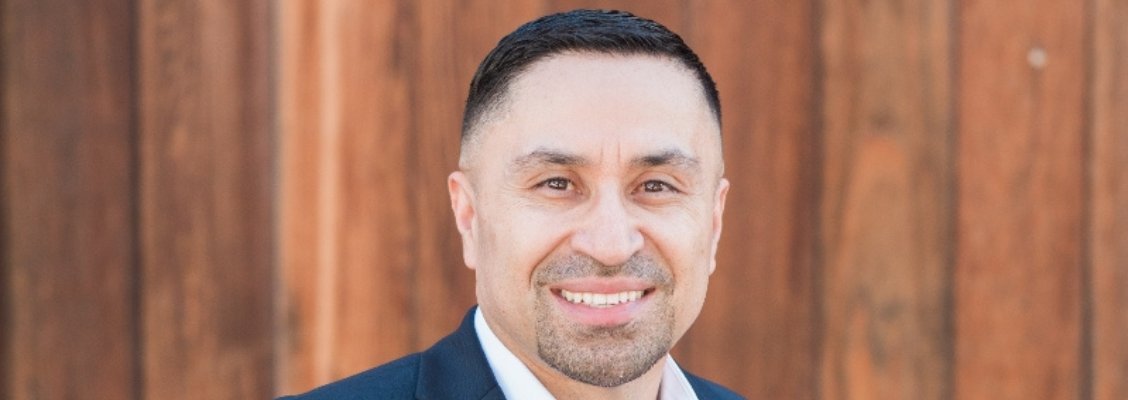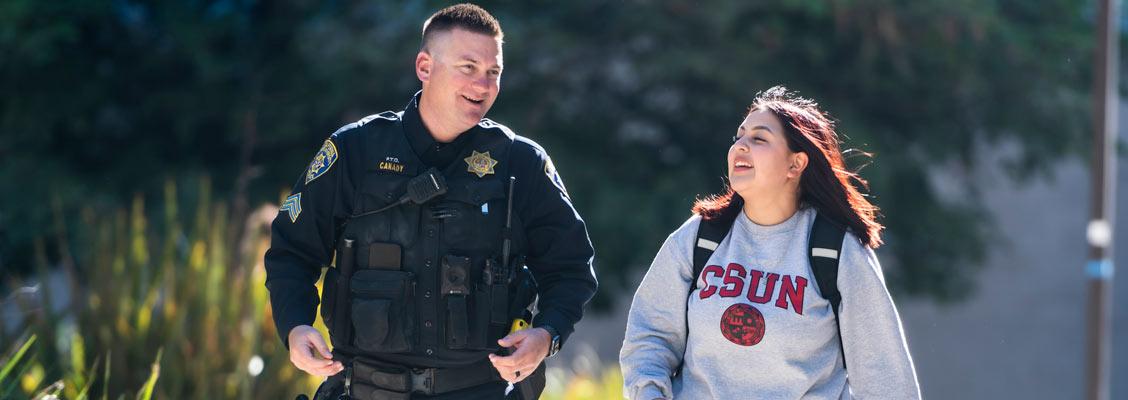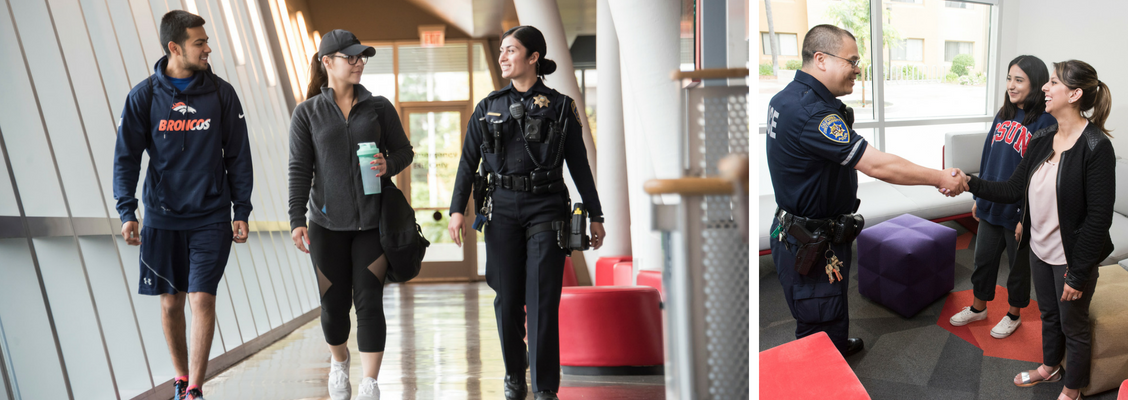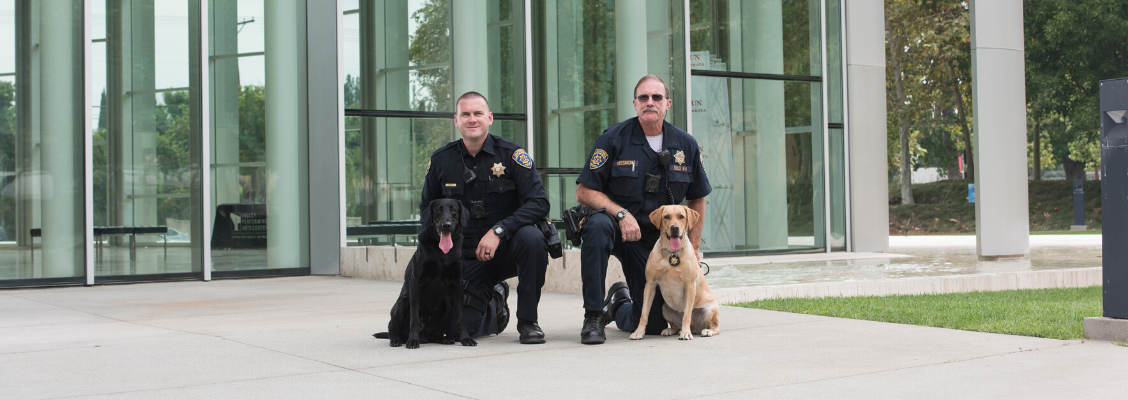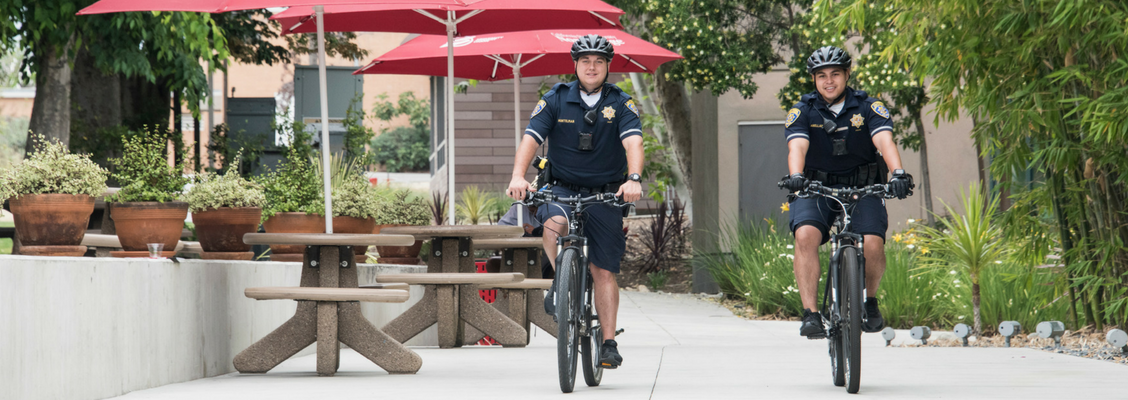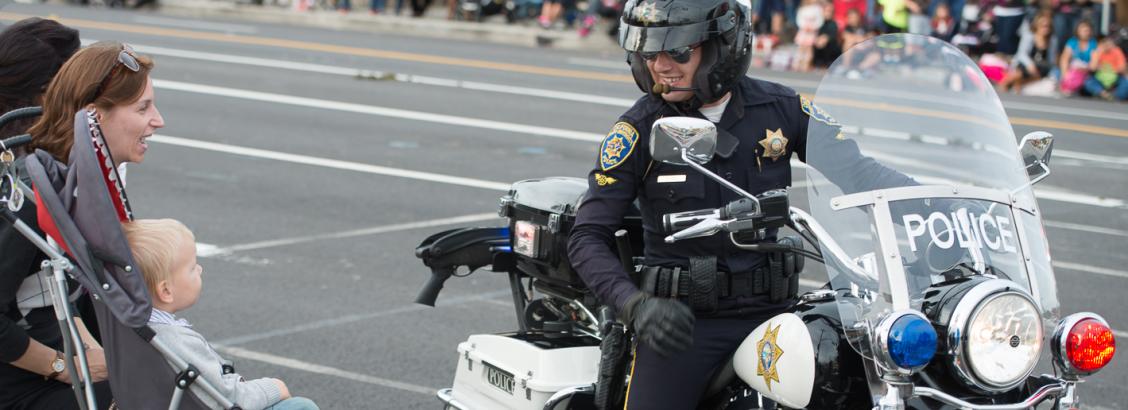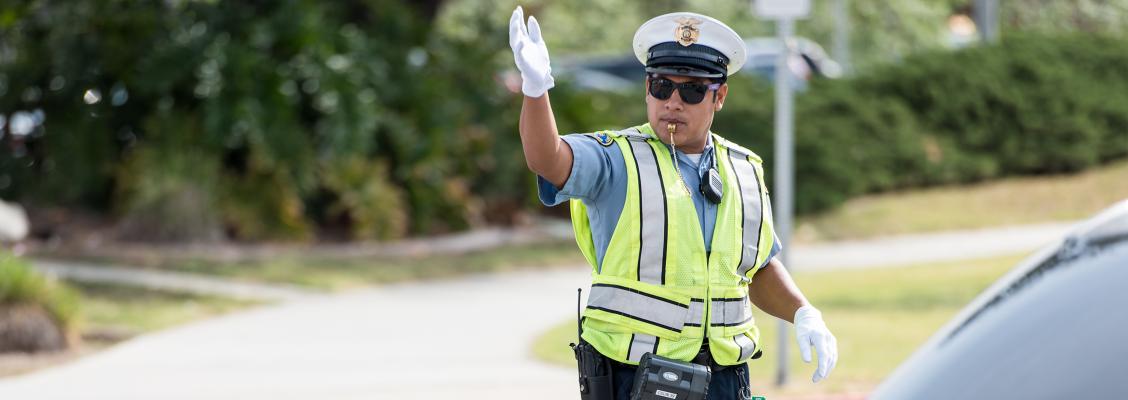4 Steps to Child Safety Seats
California Law
Collisions and Injuries
Why Seat Belts Matter
Click it or ticket!
According to California law
- Babies and young children under eight must ride in the back seat, properly secured in an appropriate child passenger restraint system. (see California Vehicle Code 27360).
- Older children must ride properly buckled up in safety seats, booster seats or properly fitted vehicle safety belts.
- It is illegal to put the shoulder belt under the arm or behind the back (of anyone-adult or child).
- The consequences for failing to properly buckle up any child under 16:
- The Parent gets the ticket if a child under 16 is not properly buckled up.
- The driver gets the ticket gets the ticket if the parent is not in the car.
- The cost of a ticket could be more than $300 per child. One point is added to your driving record, which could raise your insurance rates.
- Fines for a second offense could be more than $800/child.
- Part of the fine money goes to a special fund to help pay for local car seat education and distribution programs.
Collisions & Injuries
- Car crashes are the #1 preventable cause of death of children and young adults, as well as a major cause of permanent brain damage, epilepsy, and spinal cord injuries.
- A sudden stop at 30 miles per hour could cause the same crushing force of your child’s brain and body as a fall from a three-story building.
- Speed affects injury, but kids are hurt primarily in crashes on roads with speed limits under 45 mph and on local streets and undivided highways.
- The nature of children’s travel is such that 60% of injury related collisions occur within 10 minutes of home, 84%, within 20 minutes.
- There are 59% fewer injuries for kids in boosters compared with belts alone.
- Auto insurers are required to replace safety seats that were involved in use during a crash.
Why Seat Belts Matter
- Data from a 2008 report from the Children’s Hospital of Philadelphia shows in 2007, 80% of kids through age 8 buckled up compared with 51% in 1999.
- Older babies and toddlers should ride in a rear-facing convertible seat until they are about two years old. Check manufacturer’s instructions for maximum weight (usually 30-35 lbs.).
- The back of a rear-facing child restraint for a small baby should be reclined just enough to allow the head to lie back comfortably and never more than 45 degrees from vertical.
- Many parents do not recognize the increased danger of allowing their children to ride in the front seat. SafetyBeltSafe U.S.A. recommends back seat travel until kids are getting ready to drive, about age 15.
- Most children need to use a booster seat from about age four until at least 8-10 for maximum protection and improved comfort in the car.
- Safety belts do not fit most children properly until they are at least 8 years old. To find out if a child is big enough to wear a safety belt, try the 5-Step Test (available from SafetyBeltSafe U.S.A.).
Click It Or Ticket!
The university police department continually enforces all seat belt laws and will issue citations for any related Vehicle Code violation. The department also participates in the nation-wide "Click it or Ticket" campaign effort.
Here’s the Law:
California law requires all drivers and passengers to wear their seat belts while riding in a motor vehicle. Regardless if it is a short trip or a long trip, where you sit or your age, you MUST wear a seat belt at all times. The first seat belt violation costs nearly $100 and increases with every violation thereafter. Further, it is illegal to ride in the back of a pick-up truck.
Facts:
- Seat belts save lives. Experts say wearing your seat belt can reduce your chances of dying by 50%. Wearing a lap and shoulder seat belt combined with an air bag in your vehicle is the most effective way to prevent injuries if involved in a traffic collision. Lap belts should fit snugly across the hips, not over the stomach.
- Shoulder belts go over the shoulder and across the center of the chest not behind your back or under your arm.
- Shoulder belts are designed to go over the shoulder, not under the arm or behind your back.
- Wearing your seat belt improperly can result in even more severe injuries.

